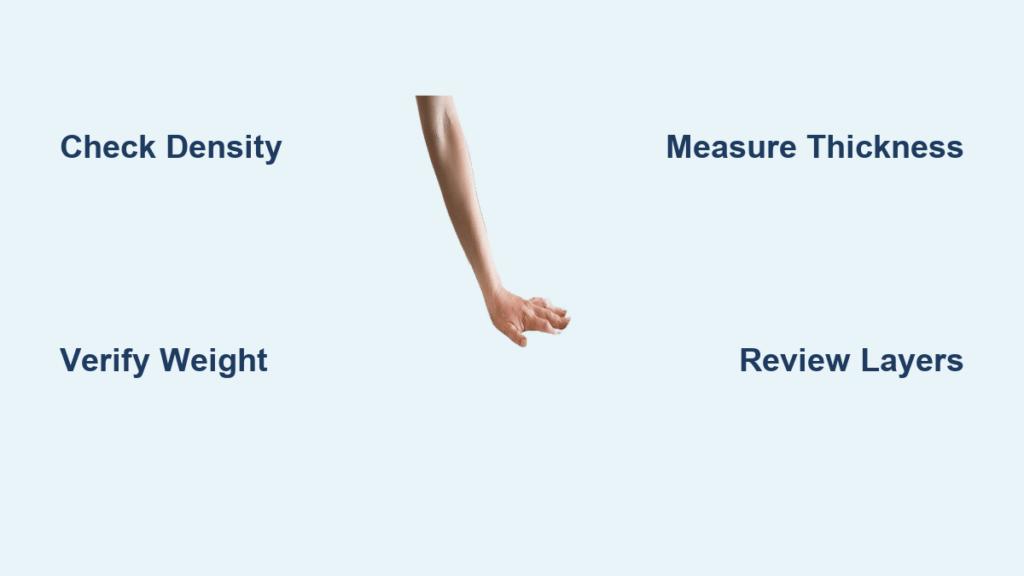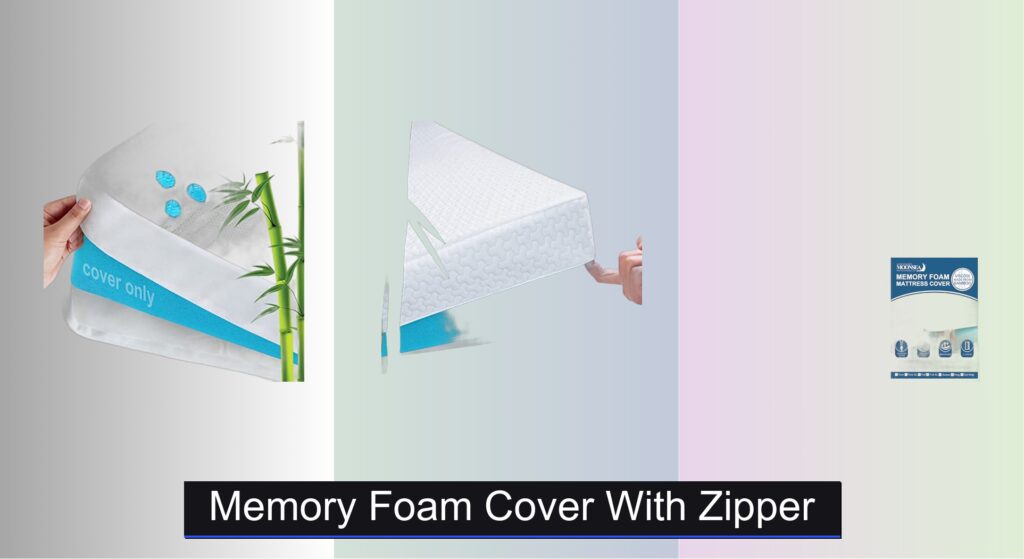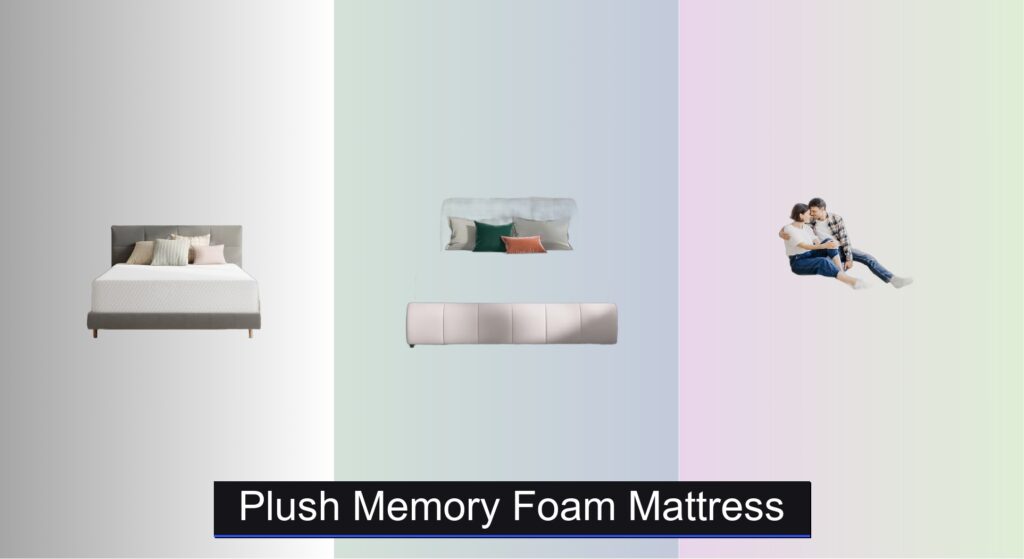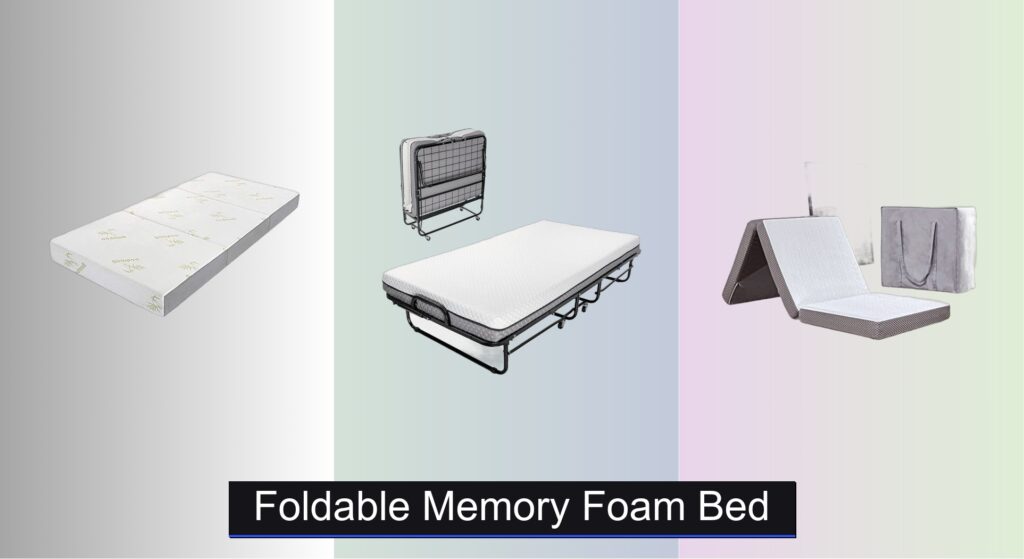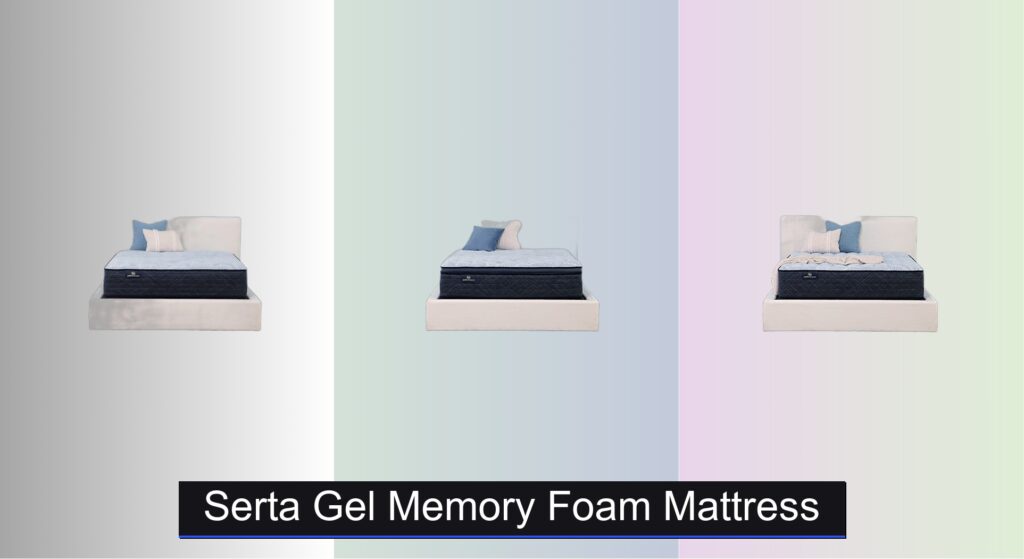When you’re shopping online for a new bed, the specs never seem to tell the whole story. One California King buyer expected a 130-lb. topper and unpacked one that weighed only 90 lbs. That 40-lb. gap turned into a detective story that every shopper should read before hitting “buy.” The weight of your memory foam mattress isn’t just about how difficult it is to move—it’s a critical indicator of foam density and quality. Below you’ll learn exactly how heavy a memory foam mattress should be for your size, why advertised weights often miss the mark, and how to verify you’re getting what you paid for before the delivery truck drives away.
Memory Foam Weight Calculation Formula Revealed
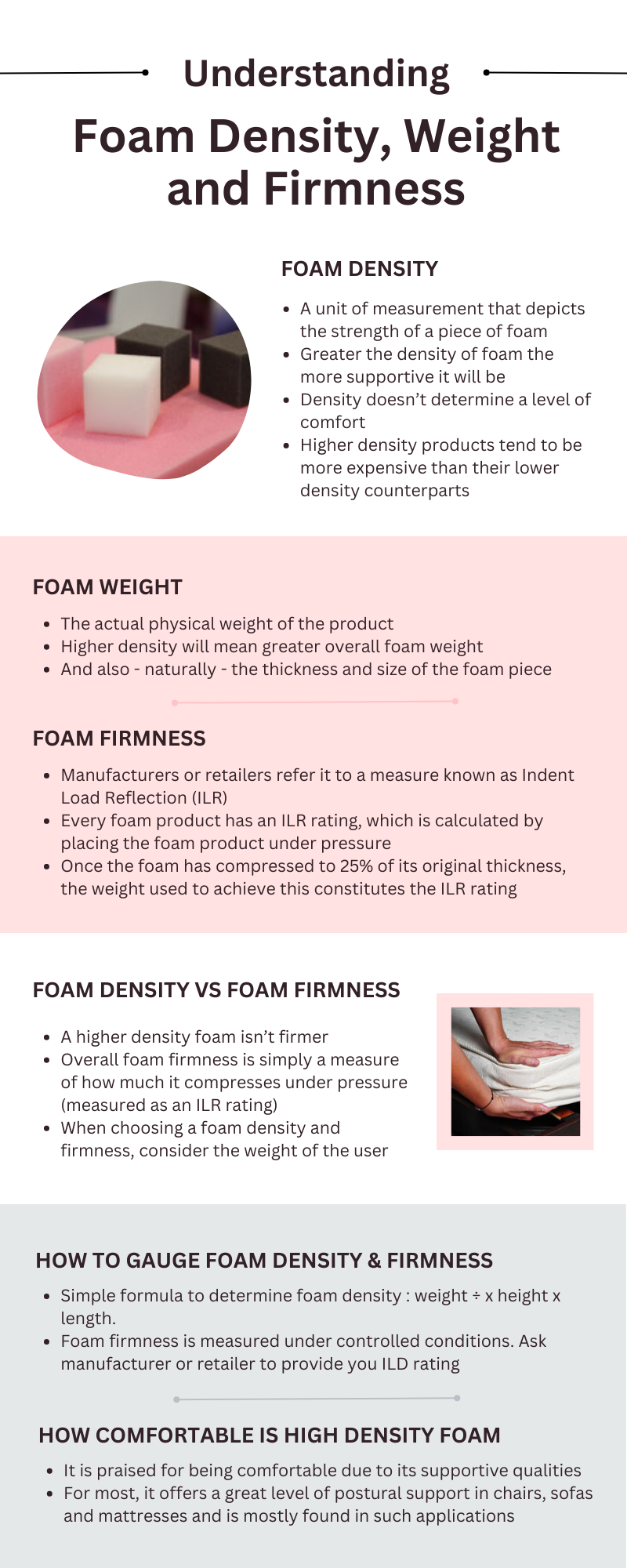
Foam density measured in pounds per cubic foot (pcf) directly determines your mattress’s actual weight. Here’s the exact calculation method used by manufacturers:
- Convert each layer’s thickness from inches to feet (divide by 12)
- Multiply thickness × length × width to get cubic feet
- Multiply cubic feet × density (pcf) = layer weight
- Add every layer plus cover and fire sock
For a standard King (76″ × 80″) with 2″ of 8 pcf memory foam over 4″ of 5.3 pcf memory foam:
– 2″ of 8 pcf = 0.167 ft × 6.33 ft × 5.67 ft × 8 pcf = 48 lbs
– 4″ of 5.3 pcf = 0.333 ft × 6.33 ft × 5.67 ft × 5.3 pcf = 63 lbs
– Total memory foam weight = 111 lbs
Add 20-40 lbs for latex, coils, or polyfoam base, and you’re quickly in the 130-150-lb. range. This precise calculation explains why many buyers report discrepancies between advertised and actual weights.
Why Density Matters More Than Thickness
A 2-inch layer of 8 pcf foam weighs significantly more than the same thickness at 4 pcf density. This density difference directly impacts durability—higher density foams maintain their structure longer. When shopping, always ask for exact density specifications rather than relying solely on thickness claims. A mattress with 3″ of 8 pcf foam will outlast and weigh more than 4″ of 4 pcf foam, despite the thinner profile.
Common Calculation Mistakes to Avoid
Many shoppers miscalculate expected weights by:
– Forgetting to convert inches to feet in calculations
– Ignoring the weight contribution of covers and fire barriers
– Assuming all foam layers share the same density
– Not accounting for hybrid components like coils or latex
Professional tip: Multiply surface area (in square feet) by weight per square foot. For example, 2″ of 8 pcf foam = 1.33 lbs per sq ft. A Queen (60″×80″) has 33.3 sq ft, so 33.3 × 1.33 = 44.3 lbs for that single layer.
Memory Foam Mattress Weights by Size Chart

| Mattress Size | Dimensions | 10″ All-Foam (5 pcf) | 12″ Hybrid | 14″ Luxury |
|---|---|---|---|---|
| Twin | 38″×75″ | 40–50 lbs | 60–70 lbs | 80–90 lbs |
| Full | 54″×75″ | 55–65 lbs | 80–90 lbs | 110–120 lbs |
| Queen | 60″×80″ | 70–90 lbs | 110–130 lbs | 140–160 lbs |
| King | 76″×80″ | 90–110 lbs | 140–160 lbs | 180–220 lbs |
| Cal King | 72″×84″ | 90–120 lbs | 150–170 lbs | 190–230 lbs |
How Hybrid Construction Changes Weight
Adding pocketed coils or latex layers dramatically increases mattress weight. A Queen hybrid with 3″ memory foam over 8″ coils typically weighs 30-50 lbs more than an all-foam equivalent. The metal components alone can add 25-40 lbs depending on coil count and gauge. When comparing weights, ensure you’re evaluating similar construction types.
Luxury Models: Why They Tip the Scales
Premium 14″+ models often include multiple memory foam layers, high-density latex, and premium covers. The cashmere or organic cotton covers alone can add 5-8 lbs compared to basic polyester. The fire sock (required by law) in luxury models often uses heavier, more natural materials that contribute additional weight.
Why Your Memory Foam Mattress Weighs Less Than Advertised
Foam Density Mix-Ups During Manufacturing
Factories occasionally load the wrong foam bun into production lines. A 2″ layer ordered at 8 pcf might be sliced from a 5 pcf slab, cutting weight by ~40% while passing visual inspection. This exact scenario happened to the California King buyer who discovered his “Lux Estate” mattress weighed 90 lbs instead of the expected 130 lbs—confirming 5 pcf foam was used instead of the promised 8 pcf top layer.
Moisture Loss in Fresh Foam
New memory foam contains residual blowing agents and water that evaporate during the first 30 days. This natural off-gassing can reduce weight by 3-8%—up to 10 lbs on a large mattress. While this explains minor discrepancies, it doesn’t account for the 40-lb. gap experienced by many buyers.
Cover & Fire Sock Weight Variations
Organic cotton covers weigh 4-7 lbs while polyester knits add only 1-2 lbs. A missed fire-sock layer can drop another 2-4 lbs. Always verify whether advertised weights include these components—many manufacturers quote “core weight” excluding covers.
Compressed Shipping Tolerance Issues
While vacuum packaging doesn’t change weight, manufacturers often allow ±10% density variance across production runs. That alone can swing a Cal King by ±13 lbs. However, discrepancies exceeding 15% usually indicate an actual density problem rather than normal manufacturing variance.
How to Verify Your Memory Foam Mattress Weight Before Unboxing
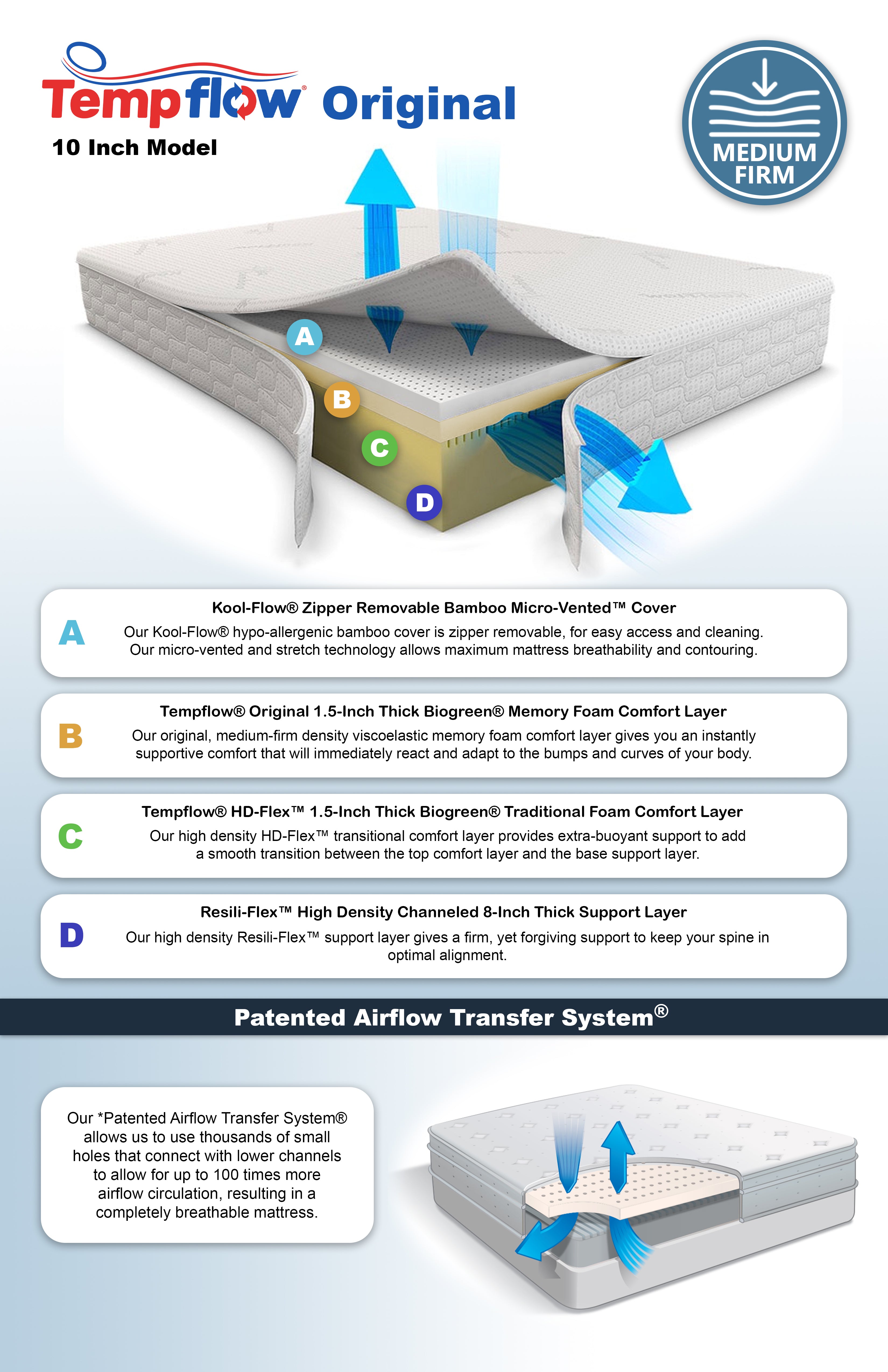
Step-by-Step Weight Verification Process
- Weigh before unboxing – Stand the sealed mattress on a bathroom scale, subtract packaging weight (≈3 lbs plastic)
- Verify thickness – Use a ruler in 3 spots; add cover height to foam height
- Decode the law tag – Federal tags list foam types and percentages; if density is missing, request CertiPUR-US spec sheet
- Compare to formula – Within 5% is normal; 15% off is cause for concern
Interpreting Your Weight Results
If your mattress weighs 10-15% less than calculated:
– Check for moisture loss (wait 30 days and reweigh)
– Confirm cover weight inclusion in advertised specs
– Measure actual foam thickness at multiple points
If discrepancy exceeds 15%:
– Photograph scale display with visible date
– Document law tag details
– Contact manufacturer with specific concerns
– Request layer-by-layer density verification
Memory Foam Mattress Weight Red Flags & Solutions
| Symptom | Likely Cause | Immediate Action |
|---|---|---|
| 20% lighter than spec | Wrong foam density | Photo scale display, email support with calculations |
| Uneven firmness across surface | Mixed bun densities | Request layer analysis from manufacturer |
| Tag missing density data | Factory oversight | Demand full spec sheet before accepting delivery |
| Company claims “all mattresses vary” | No quality control | Initiate return under trial period |
When to Demand a Replacement
If your mattress weighs significantly less than calculated and the manufacturer:
– Refuses to provide density specifications
– Offers vague explanations without documentation
– Claims weight doesn’t affect quality (contradicting industry standards)
– Fails to respond within 48 business hours
These are clear indicators of potential quality issues. Most reputable manufacturers will replace or refund immediately when presented with verified weight discrepancies.
Protect Your Memory Foam Mattress Purchase
Pre-Purchase Verification Checklist
- Request exact layer-by-layer weight chart before ordering—reputable brands provide this
- Confirm trial period covers no-cost returns for material discrepancies
- Verify return policy includes full refunds for weight/quality issues
- Check third-party reviews specifically for weight complaints
Documentation That Matters
When your mattress arrives:
– Photograph scale display with date visible
– Take close-ups of law tag and quality control labels
– Save delivery receipt showing mattress condition
– Record unboxing video showing weight verification
This documentation becomes crucial if you need to dispute a weight discrepancy. The California King buyer who started this investigation succeeded because he had photographic evidence of the 90-lb. weight.
Why Memory Foam Mattress Weight Predicts Longevity
Higher density foams (5+ pcf) maintain their supportive properties longer than lower density alternatives. A Queen-size all-foam mattress with 5 pcf memory foam should weigh roughly 70-90 lbs; a King hybrid with coils and latex can top 160 lbs. The 90-lb. “Lux Estate” mattress that started this investigation turned out to use 5 pcf foam instead of the promised 8 pcf top layer—explaining both the weight discrepancy and potential durability concerns.
When shopping for memory foam, remember: the scale never lies, even when specs do. Taking five minutes to verify weight before unboxing could save you months of discomfort and the hassle of returns. Always trust verified weight over marketing claims—your back (and wallet) will thank you when your mattress still feels supportive years later.

